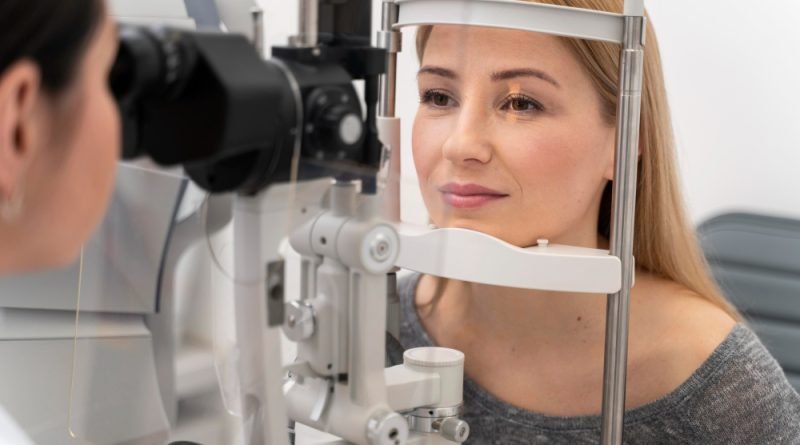SMILE: the latest in laser eye surgery technology
While LASIK (laser-assisted in situ keratomileusis) surgery is the most common form of laser eye surgery, a newer laser eye surgery was discovered around ten years ago and is becoming a firm favorite with patients and doctors alike. This surgery is known as SMILE, and is an option you may want to consider if you are looking into laser eye surgery. Read on for a short guide on this procedure and how it compares to LASIK.
What is SMILE?
SMILE stands for small incision lenticule extraction and is a type of laser eye surgery that is less invasive that LASIK eye surgery. If you are looking for SMILE eye surgery Melbourne, there are several clinics on offer for you to choose from a variety of places offering the procedure to see which best suits you.
How it works
SMILE eye surgery differs from LASIK eye surgery in that SMILE involves a smaller incision, which can result in you experiencing less dry eye as a side effect. This is done by extracting the lenticule—a piece of corneal tissue—with a femtosecond laser and only takes a matter of minutes to achieve.
What makes someone suitable?
Unlike LASIK eye surgery, SMILE doesn’t have a relatively strict eligibility criteria. For example, if you have dry eye, you will not be accepted for LASIK eye surgery—but you will be able to have SMILE eye surgery. As dry eye is particularly prevalent in those who are older, this may be the more suitable option as opposed to LASIK. It also means that if you play a lot of contact sports, work in an environment where you are exposed to trauma, or cannot afford to take extra time off work, SMILE may also be the more suitable eye surgery option for you. So, if you have been refused LASIK eye surgery in the past, it is always worth asking your doctor about SMILE eye surgery to see if they believe it will be suitable for you.
Advantages vs. disadvantages
SMILE eye surgery is flapless which means that, unlike LASIK, a superficial flap doesn’t need to be created to access underlying layers of the cornea—so any risks involving this flap that you might get with LASIK eye surgery can be avoided with SMILE eye surgery. It also only involves one step as it uses one laser, so the patient doesn’t have to be moved between machines. Plus, since it’s minimally invasive as not much tissue is affected, this results in a faster recovery time, so you won’t have to miss out on various aspects of your life as much as you would if you had LASIK eye surgery.
Despite these advantages, SMILE eye surgery does come with some disadvantages. For example, some of the minor risks are that you can get dry eye; although, this is less likely with SMILE and is more common with LASIK eye surgery. You may also find that you have retained the lenticule, which means you still have the lenticule you were trying to get rid of in order to see better. There is also a very slim chance that you could have a loss of best corrected visual acuity (BCVA), which means that the best possible vision you could achieve doesn’t occur, and may result in further surgery being needed. However, these risks are unlikely to occur, and many patients don’t experience any major risks as a result of undergoing SMILE surgery.




